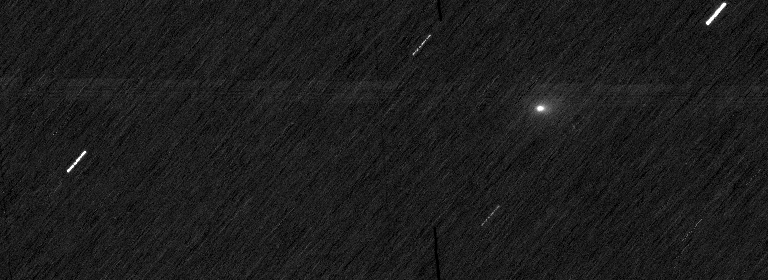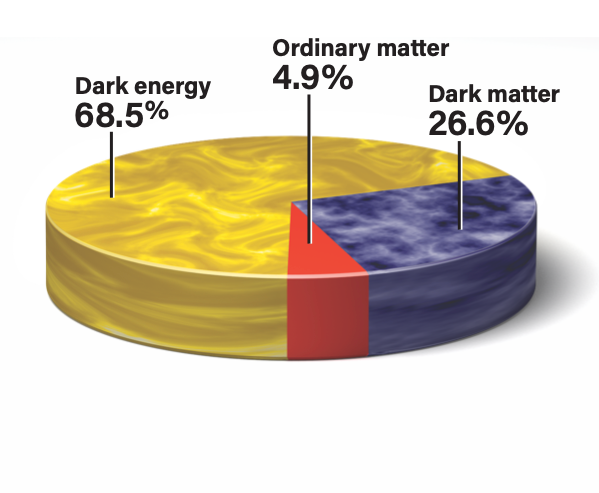Key Takeaways:
Terence Dickinson, author of numerous popular books on astronomy and accomplished astrophotographer, passed away Feb. 1, 2023, following a long battle with Parkinson’s disease. He was 79 years old.
Dickinson’s interest in astronomy began when he was only five years old, when he saw a shooting star streak across the sky. His professional career started in 1968 when he became a staff astronomer and teacher at the McLaughlin Planetarium of the Royal Ontario Museum in Toronto. In 1970, Dickinson became assistant director of the trend-setting Strasenburgh Planetarium in Rochester, New York.
Dickinson was a contributor to Astronomy magazine since its first issue in August 1973, and in 1974, he was recruited by the magazine’s publisher Stephen Walther to join its fledgling full-time staff. Dickinson served as the magazine’s executive editor for two years in 1974 and 1975.
Readers may be most familiar with Dickinson as the author of the NightWatch: A Practical Guide to Viewing The Universe (Camden House, 1983), as the guide has helped tens of thousands of people get started in the hobby of amateur astronomy. It has been in print through several editions for forty years.
Dickinson also authored many other popular books, including The Universe and Beyond (Camden House, 1986), Hubble’s Universe (Firefly Books, 2012), and The Backyard Astronomer’s Guide (Firefly Books, 1994), co-authored with Alan Dyer, also an Astronomy alumnus. In 1982, working with Astronomy magazine contributor Glenn Chaple and artist Victor Costanzo, Dickinson also created the classic Mag 6 Star Atlas for Edmund Scientific, now long out of print.
From 1995 until 2016, Dickinson edited and co-owned SkyNews, Canada’s magazine of stargazing. He stepped down from editorial duties when he learned of his diagnosis, selling the magazine to the Royal Astronomical Society of Canada, who brought on Gary Seronik as the new editor.
From 1981 until the mid-2000s, Dickinson also wrote a weekly astronomy column for The Toronto Star newspaper, taking over the popular column from long-time author and legendary Canadian astronomer Helen Sawyer Hogg. Another of Dickinson’s regular platforms for promoting astronomy was television, through frequent appearances in the late 1990s and early 2000s on Canada’s Discovery Channel.
As an accomplished astrophotographer, Dickinson’s photographs have appeared in publications as wide-ranging as Australian Geographic and Reader’s Digest. And in 2000, the U.S. Postal Service featured one of his photographs of the Moon on a stamp.
Among his numerous awards are the New York Academy of Sciences’ Children’s Book of the Year (1988), the Royal Canadian Institute’s Sandford Fleming Medal (1992), Industry Canada’s Michael Smith Award for Public Promotion of Science (1993), and the Astronomical Society of the Pacific’s Klumpke-Roberts Award (1996). He was the recipient of honorary degrees from Trent University and Queen’s University. In 1995, he was invested as a Member of the Order of Canada for his contributions to public understanding of astronomy.
In 1994, asteroid #5272 was officially named Dickinson by the International Astronomical Union in his honor.
Dickinson’s ability to explain the universe and simplify astronomical concepts in ways easily understood by the average reader has gained him a huge international audience. Many thousands of people have developed an interest in astronomy and the wonders of the universe as the result of his work.
His love for astronomy was infectious, as anyone who attended one of his wonderful lectures will attest. He once said, “I want to do what I’m doing for as long as I can. There’s just so much more to know and see, and I’m still excited as a kid about new discoveries. I’ll never run out of things to write about — I’ll just run out of time.”
His wife Susan, who served as Dickinson’s business partner in many book and magazine projects, has written: “He loved getting up each morning because every day, he lived and breathed his passion. So captivated was he by the cosmos that he made it his mission to endeavour, through his writings, his astrophotography and his lectures, to impart some of his awe and appreciation of the universe to others.
“Although he was physically tethered to this planet, his mind soared among the stars, and the time he spent gazing skyward from a dark country site brought him peace and serenity. Now he’s at one with the universe that enchanted him for a lifetime.”











